Home>Gardening & Outdoor>Landscaping Ideas>What Kind Of Grass Grows In The Shade In Florida
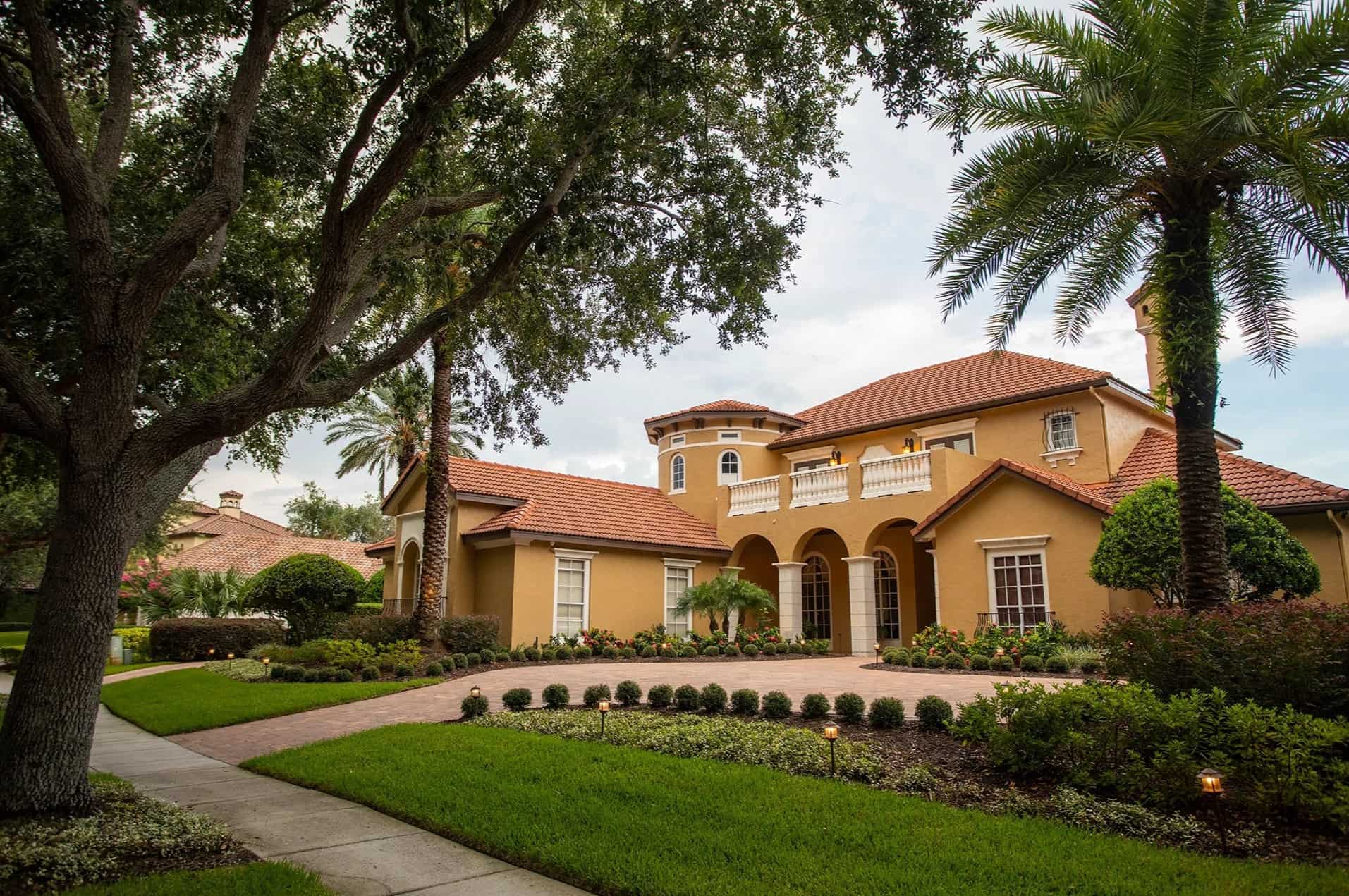

Landscaping Ideas
What Kind Of Grass Grows In The Shade In Florida
Modified: September 2, 2024
Discover the best landscaping ideas for growing shade-tolerant grass in Florida. Explore tips and options for creating lush, green lawns in shaded areas.
(Many of the links in this article redirect to a specific reviewed product. Your purchase of these products through affiliate links helps to generate commission for Storables.com, at no extra cost. Learn more)
Introduction
When it comes to landscaping in Florida, finding the right type of grass for shaded areas can be a challenge. The Sunshine State is known for its warm climate and abundant sunlight, but many homeowners and property managers face the dilemma of cultivating lush, green lawns in areas with limited sun exposure. Whether it’s due to tall trees, buildings, or other structures, shaded spots can pose a unique set of obstacles for maintaining healthy grass. However, with the right knowledge and approach, it’s possible to achieve a thriving lawn even in the shade.
In this comprehensive guide, we’ll explore the specific conditions of shade in Florida, the factors that influence grass growth in shaded areas, the best types of grass to consider, and essential tips for nurturing a flourishing lawn in less sunny environments. By understanding the nuances of shade and the characteristics of different grass species, you can make informed decisions to enhance the beauty and vitality of your outdoor spaces.
Key Takeaways:
- Choose shade-tolerant grass like St. Augustine, Zoysia, or Bahiagrass for Florida’s shaded areas. Consider moisture levels, soil, and proper care to create a thriving, lush lawn.
- Prune trees, monitor moisture, and implement proper lawn care to optimize grass growth in shaded areas. Consider alternative ground covers and address soil compaction for a vibrant landscape.
Read more: What Kind Of Grass Grows In South Florida
Understanding Shade Conditions in Florida
Shade in Florida can vary widely depending on the specific location and environmental factors. In urban areas, buildings and structures can cast shadows, while in residential neighborhoods, mature trees often create pockets of shade throughout the day. Understanding the nature of shade is crucial for selecting the right type of grass that can thrive in these conditions.
One key consideration is the intensity and duration of shade. Some areas may experience dappled shade, where sunlight filters through foliage, while others may be subject to deep, continuous shade for most of the day. Additionally, the angle of the sun and the orientation of the shaded area play a role in determining the amount of light that reaches the ground. In Florida, where the sun’s position changes throughout the year, it’s essential to assess how shade patterns shift with the seasons.
Furthermore, the presence of competing vegetation, such as the roots of trees and shrubs, can impact the availability of water, nutrients, and oxygen in shaded areas. These factors contribute to the overall microclimate of the site, influencing the suitability of different grass species for growth. By closely observing the shade conditions in your specific location, you can gain valuable insights into the unique environment in which your grass will need to thrive.
Another aspect to consider is the potential for moisture retention in shaded areas. In Florida’s humid climate, shaded spots may be more prone to retaining moisture, which can affect the health of grass. Excess moisture can create favorable conditions for fungal diseases and inhibit the establishment of certain grass varieties. Conversely, in some shaded areas, the dense canopy of trees or structures may act as a barrier to rainfall, leading to drier soil conditions. Understanding the moisture dynamics of shade is essential for implementing effective lawn care strategies.
By developing a comprehensive understanding of the shade conditions in Florida, including the intensity and duration of shade, the presence of competing vegetation, and the moisture retention characteristics, you can make informed decisions when selecting and caring for grass in shaded areas.
Factors Affecting Grass Growth in Shade
Grass growth in shaded areas is influenced by a variety of factors that interact to create unique challenges and opportunities for cultivating healthy lawns. Understanding these factors is essential for making informed decisions about the type of grass to plant and the strategies to employ for successful growth.
One of the primary factors affecting grass growth in shade is the availability of sunlight. Sunlight is crucial for photosynthesis, the process by which plants convert light energy into chemical energy to fuel their growth. In shaded areas, the reduced sunlight can limit the grass’s ability to produce the energy it needs to thrive. As a result, grass species that are better adapted to low light conditions are more likely to succeed in shaded areas.
In addition to sunlight, the competition for resources, such as water, nutrients, and space, plays a significant role in shaping grass growth in shaded environments. Trees and other vegetation in shaded areas can absorb a substantial portion of available water and nutrients, leaving less for the grass. Furthermore, the dense root systems of trees can create physical barriers that impede the growth of grass roots, limiting their access to essential resources.
The type of soil in shaded areas also influences grass growth. Some shaded areas may have compacted or poorly aerated soil, which can hinder root development and water infiltration. Understanding the soil composition and implementing appropriate soil improvement techniques can help create a more favorable environment for grass to thrive.
Moisture levels in shaded areas are another critical factor. While some shaded spots may retain moisture due to limited evaporation, others may experience drier conditions as a result of competing vegetation intercepting rainfall. Balancing the moisture levels and ensuring adequate drainage are essential for promoting healthy grass growth in shaded areas.
Furthermore, the presence of pests and diseases can impact grass in shaded environments. Certain fungal diseases thrive in moist, shaded conditions, posing a threat to the health of the grass. Additionally, shaded areas may provide habitat for pests that can damage grass, further complicating the maintenance of a healthy lawn.
By considering the complex interplay of sunlight availability, resource competition, soil conditions, moisture levels, and pest and disease pressures, you can develop a holistic understanding of the factors influencing grass growth in shaded areas. Armed with this knowledge, you can make informed decisions to foster the vitality of your lawn in less sunny environments.
St. Augustine grass is a good option for shaded areas in Florida. It is a popular choice for its ability to tolerate some shade and its low maintenance requirements.
Best Types of Grass for Shaded Areas in Florida
Choosing the right type of grass is crucial for establishing a vibrant lawn in shaded areas of Florida. While many grass species thrive in full sunlight, several varieties are well-suited for low light conditions and can withstand the challenges of shade. Understanding the characteristics of these grasses can help you make an informed decision for your shaded lawn.
St. Augustine grass is a popular choice for shaded areas in Florida. This warm-season grass variety exhibits good shade tolerance, making it suitable for lawns with limited sunlight exposure. St. Augustine grass performs well in the state’s humid climate and can maintain its lush appearance in shaded spots, provided it receives adequate care and maintenance.
Zoysia grass is another excellent option for shaded areas. Known for its adaptability and resilience, certain cultivars of Zoysia grass demonstrate impressive shade tolerance. This grass variety thrives in Florida’s warm climate and exhibits a dense, attractive growth pattern, making it a desirable choice for shaded lawns.
Bahiagrass is well-suited for areas with moderate shade. While it prefers full sunlight, certain cultivars of Bahiagrass can tolerate partial shade and still maintain satisfactory growth. This grass variety is valued for its low maintenance requirements and ability to withstand Florida’s heat and periodic drought conditions.
For heavily shaded areas, consider using a specialized shade-tolerant grass blend. These blends often combine different grass species to create a resilient lawn that can adapt to varying light conditions. By incorporating shade-tolerant grass varieties into the blend, such as fine fescue or certain types of ryegrass, you can enhance the overall performance of the lawn in shaded areas.
It’s important to note that while these grass varieties exhibit shade tolerance, they still require some level of sunlight to thrive. When cultivating grass in shaded areas, it’s essential to implement proper lawn care practices, such as regular mowing, adequate watering, and soil maintenance, to create an optimal environment for the grass to flourish.
By selecting the appropriate grass species for shaded areas in Florida and providing the necessary care, you can establish a healthy and visually appealing lawn that enhances the beauty of your outdoor spaces.
Tips for Growing Grass in Shade
Growing grass in shaded areas requires a strategic approach to address the unique challenges presented by limited sunlight and competing vegetation. By implementing the following tips, you can enhance the prospects of establishing a thriving lawn in shaded spots, ensuring that your outdoor spaces remain lush and vibrant.
- Choose the Right Grass: Select shade-tolerant grass varieties that are well-suited for the specific conditions of your shaded area. Consider factors such as the intensity and duration of shade, moisture levels, and soil composition when choosing the grass species for your lawn.
- Prune Trees and Shrubs: If possible, prune surrounding trees and shrubs to allow more sunlight to reach the shaded area. Trimming back overhanging branches and thinning out dense foliage can help improve light penetration and create a more favorable environment for grass growth.
- Monitor Moisture Levels: Keep a close eye on the moisture levels in shaded areas. While some spots may retain moisture, others may require additional watering to compensate for limited rainfall and competing vegetation. Ensure proper drainage to prevent waterlogging, which can adversely affect grass growth.
- Implement Proper Lawn Care: Adhere to a consistent lawn care regimen, including regular mowing, appropriate fertilization, and soil maintenance. Pay attention to the specific requirements of the chosen grass variety and adjust your care practices to accommodate shade conditions.
- Consider Alternative Ground Covers: In heavily shaded areas where grass struggles to thrive, consider incorporating alternative ground covers, such as shade-tolerant plants or mulch. These options can provide an attractive and functional alternative to traditional grass and can thrive in low light conditions.
- Address Soil Compaction: Address any soil compaction issues in shaded areas by aerating the soil to improve root penetration and water infiltration. Compacted soil can hinder grass growth, and proper aeration can create a more conducive environment for healthy roots.
- Monitor and Manage Pests and Diseases: Keep a watchful eye on potential pest and disease pressures in shaded areas. Certain fungal diseases and pests thrive in moist, shaded environments. Implement integrated pest management strategies and take preventive measures to protect the grass from damage.
By applying these tips and tailoring your lawn care practices to suit the specific requirements of shaded areas, you can optimize the growth and vitality of the grass, ultimately creating a lush and inviting landscape that enhances the overall appeal of your outdoor spaces.
Read more: What Kind Of Grass Is In Florida
Conclusion
Successfully growing grass in shaded areas in Florida requires a nuanced understanding of the unique challenges and opportunities presented by low light conditions. By recognizing the specific shade patterns, moisture dynamics, and soil characteristics of your shaded area, you can make informed decisions when selecting the right type of grass and implementing effective lawn care strategies.
Choosing shade-tolerant grass varieties, such as St. Augustine grass, Zoysia grass, Bahiagrass, or specialized shade-tolerant blends, provides a solid foundation for establishing a resilient and visually appealing lawn in shaded spots. These grass species can adapt to varying light conditions and thrive with proper care and maintenance.
Furthermore, proactive measures, such as pruning surrounding vegetation, monitoring moisture levels, implementing proper lawn care practices, and considering alternative ground covers, can contribute to the successful growth of grass in shaded areas. By addressing soil compaction, managing pests and diseases, and tailoring your approach to the specific requirements of shaded environments, you can create an optimal environment for healthy grass growth.
Ultimately, cultivating a lush and vibrant lawn in shaded areas in Florida is a rewarding endeavor that enhances the beauty and functionality of outdoor spaces. With a thoughtful approach and a commitment to attentive lawn care, you can transform shaded spots into inviting, green oases that contribute to the overall appeal of your landscape.
By embracing the tips and insights presented in this guide, you can embark on a journey to create thriving, shade-friendly lawns that enrich the aesthetic and recreational value of your outdoor environment, ensuring that your outdoor spaces remain vibrant and inviting throughout the year.
Frequently Asked Questions about What Kind Of Grass Grows In The Shade In Florida
Was this page helpful?
At Storables.com, we guarantee accurate and reliable information. Our content, validated by Expert Board Contributors, is crafted following stringent Editorial Policies. We're committed to providing you with well-researched, expert-backed insights for all your informational needs.
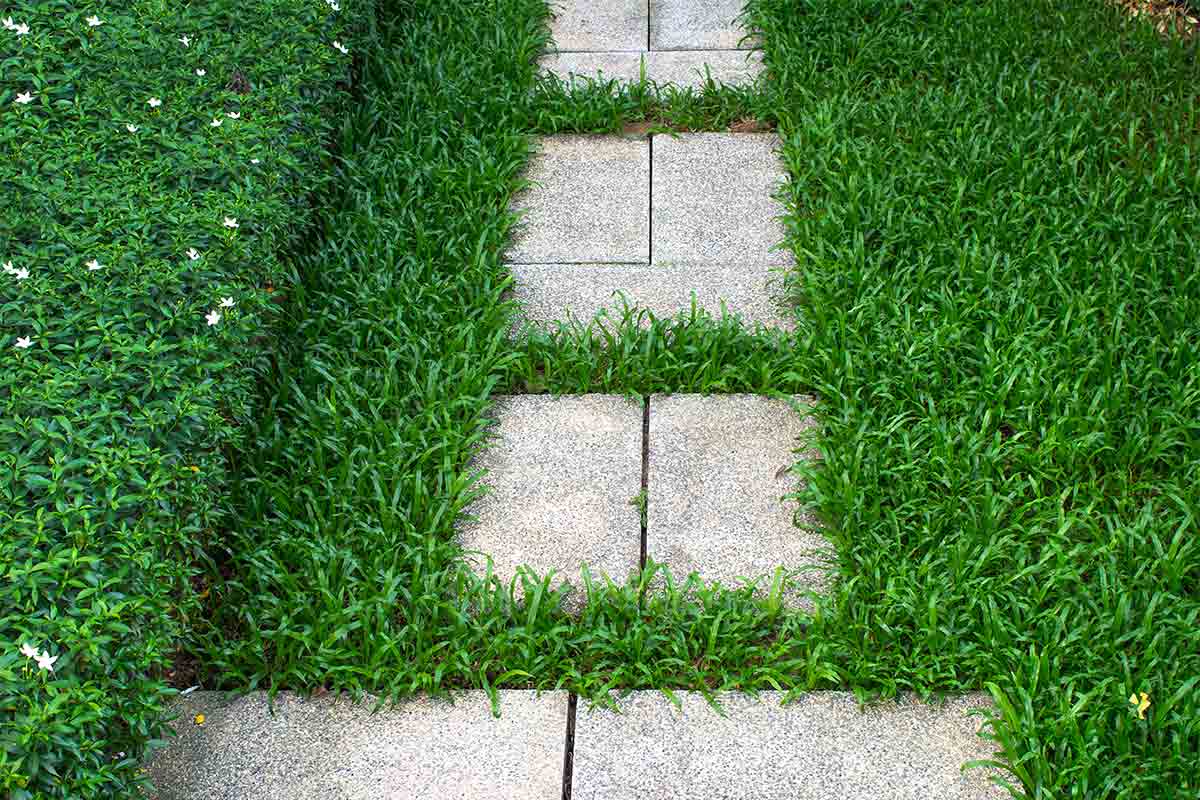
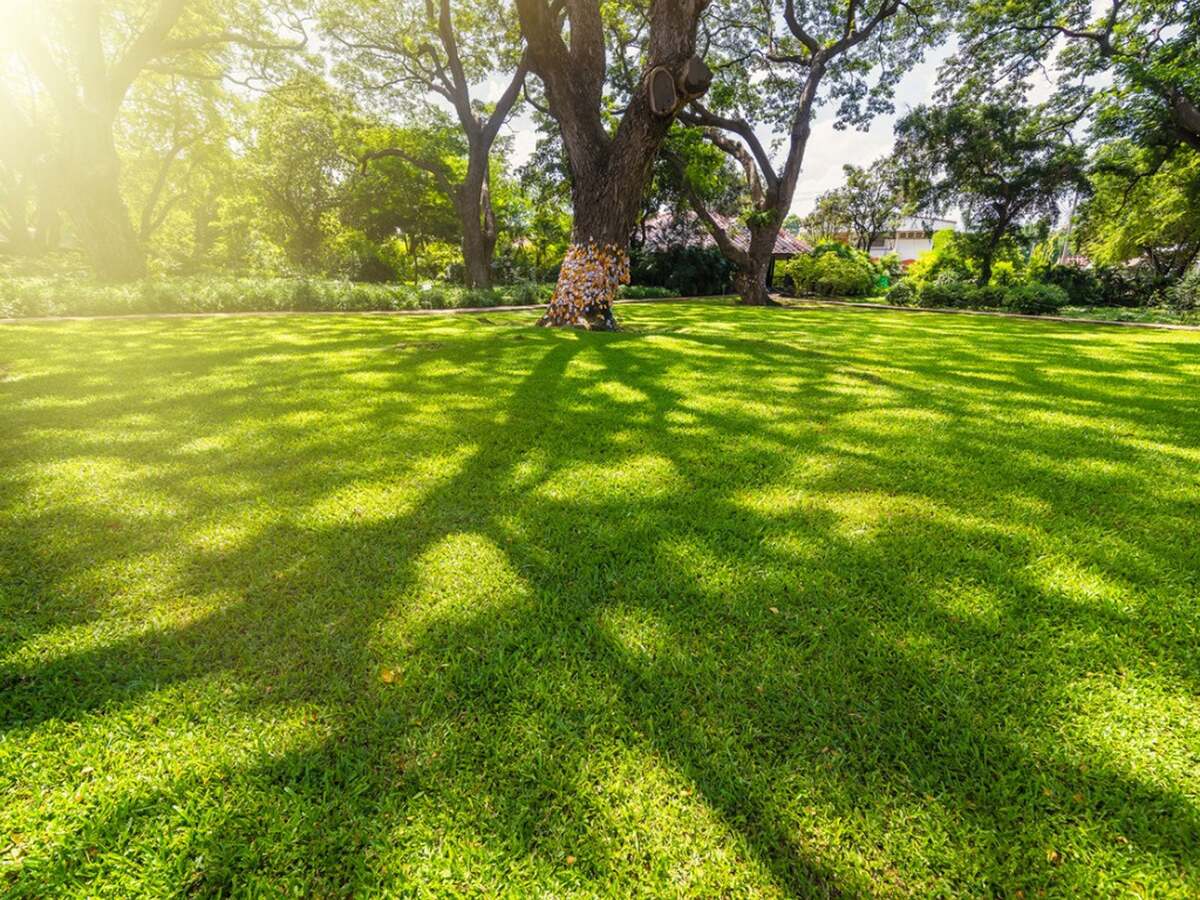
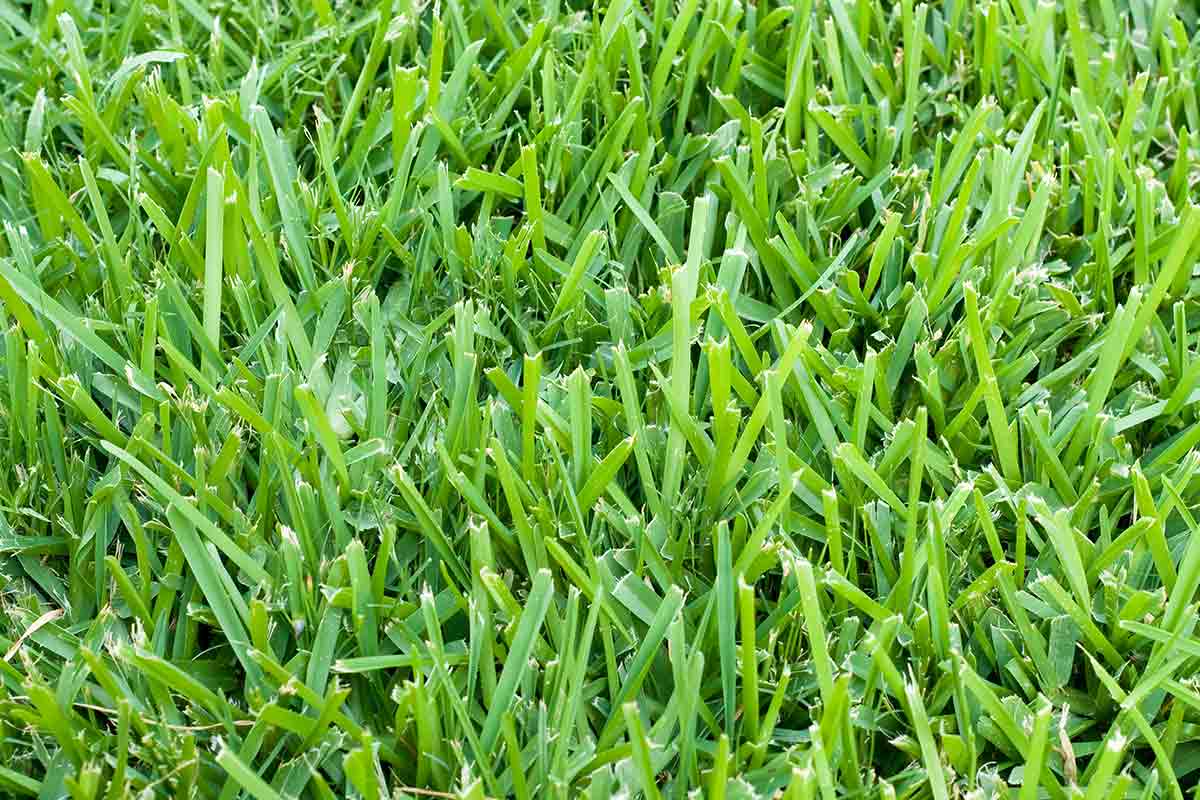
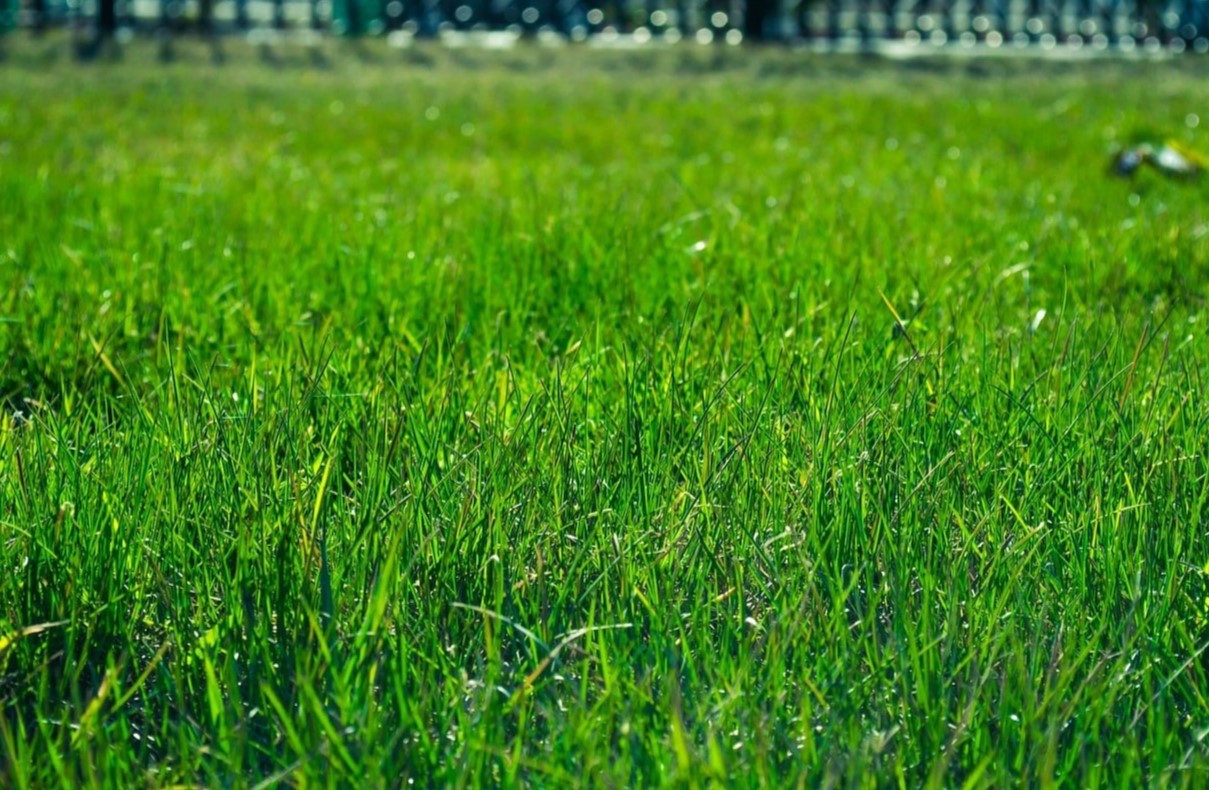
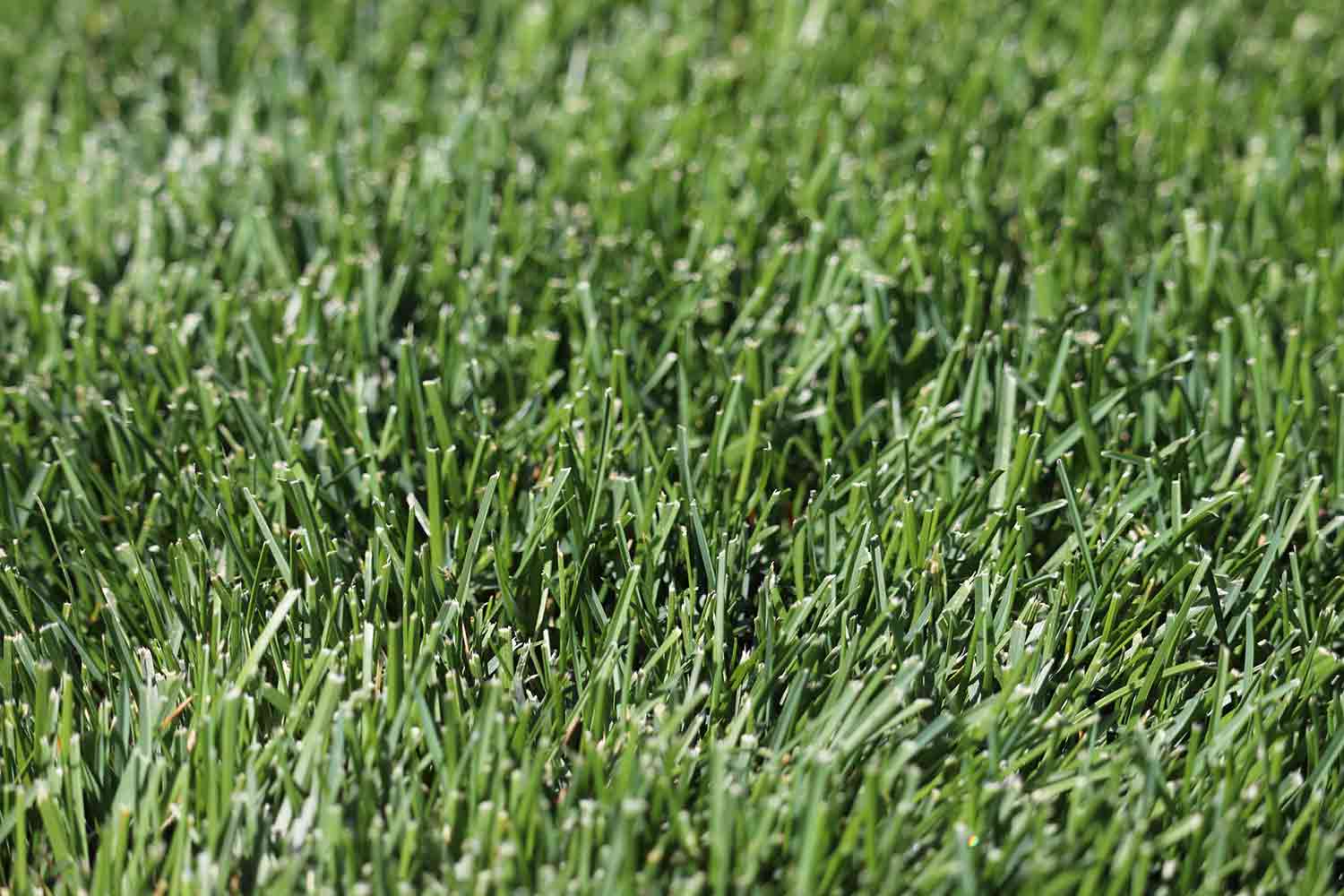
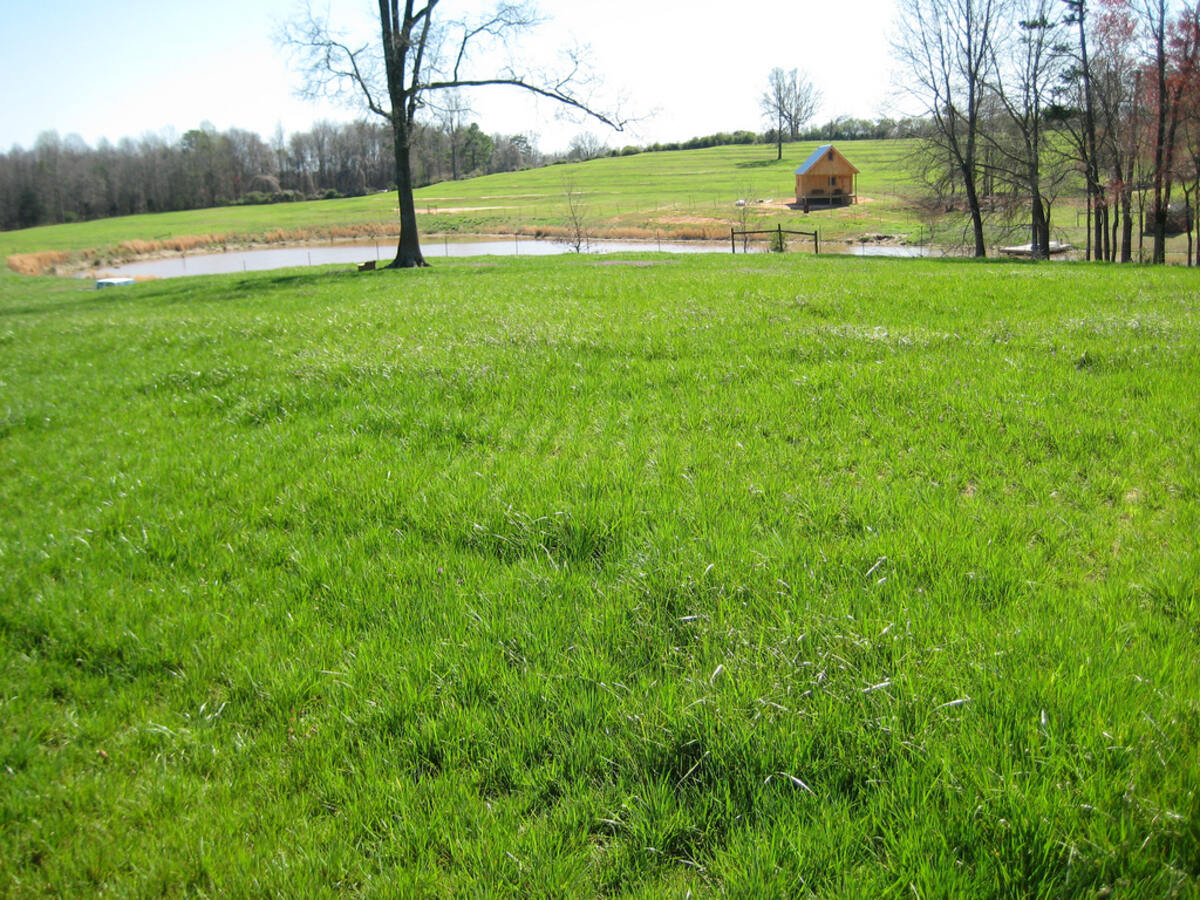
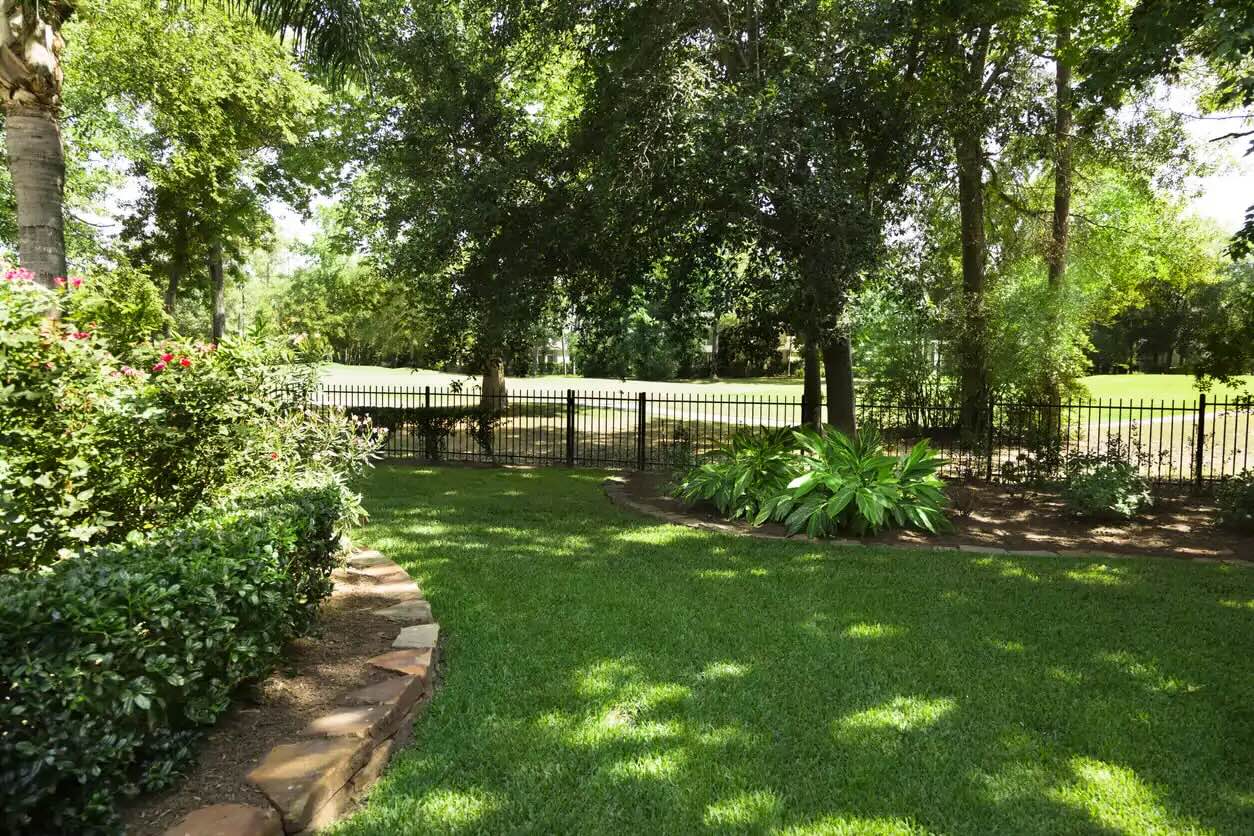
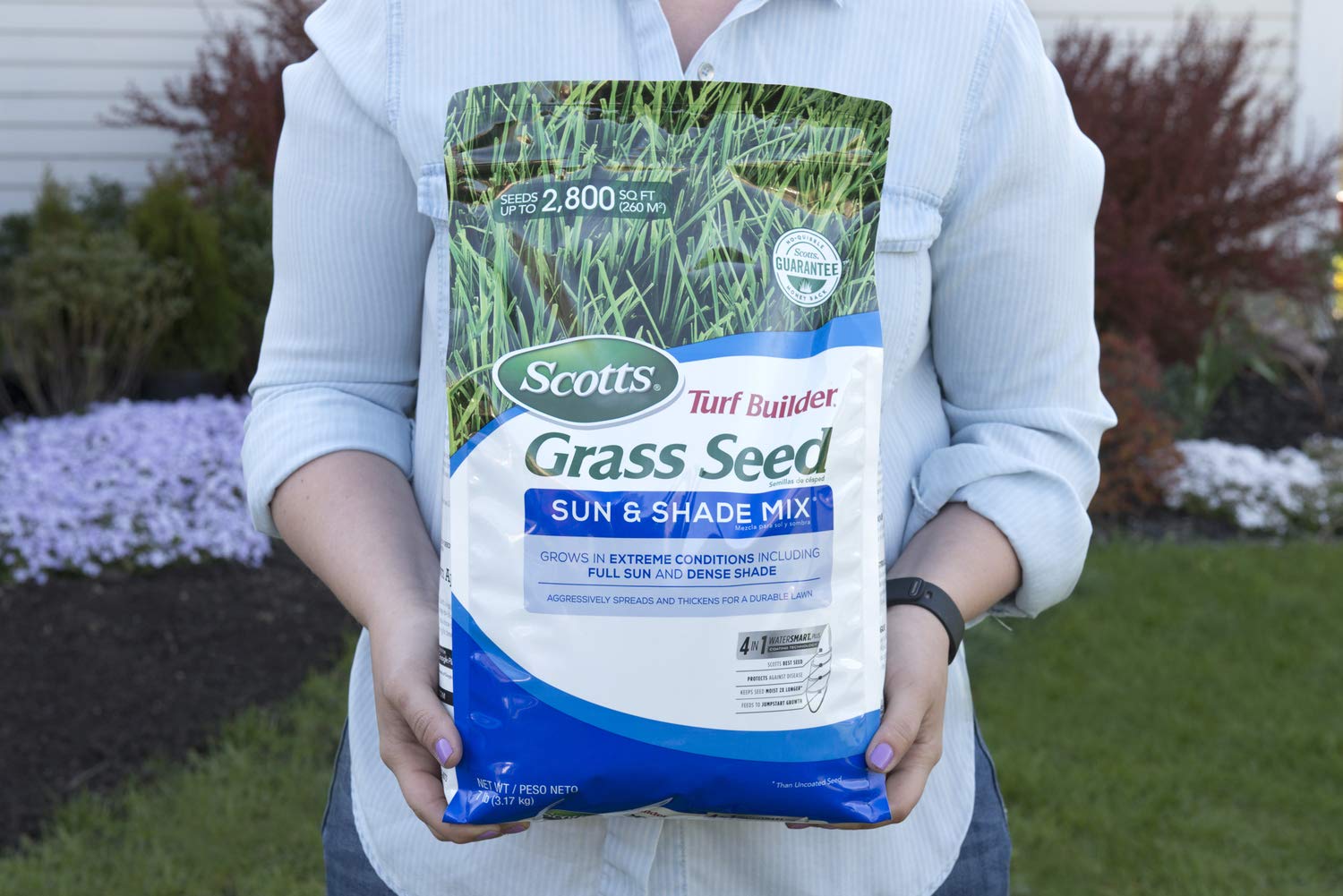
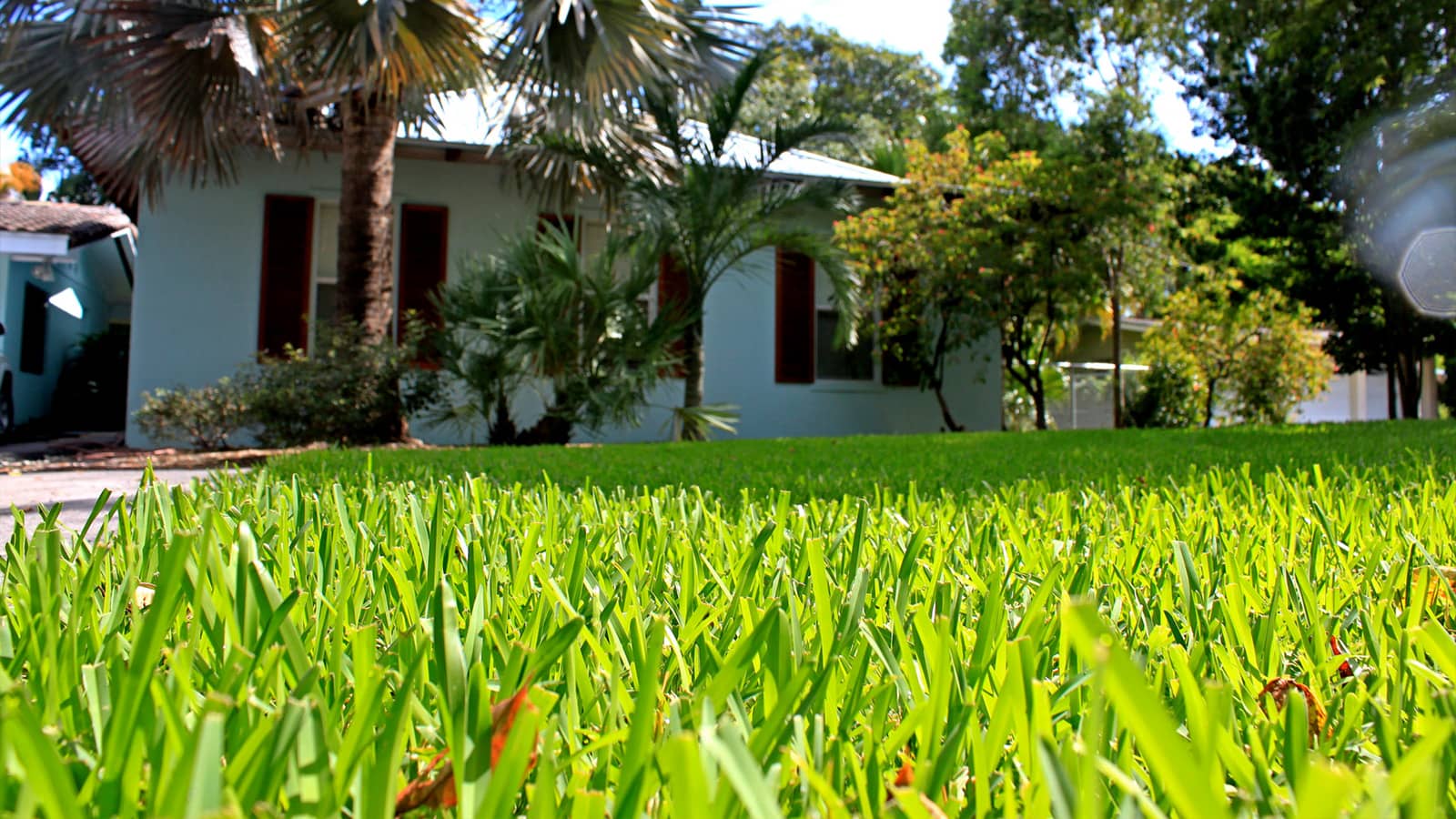
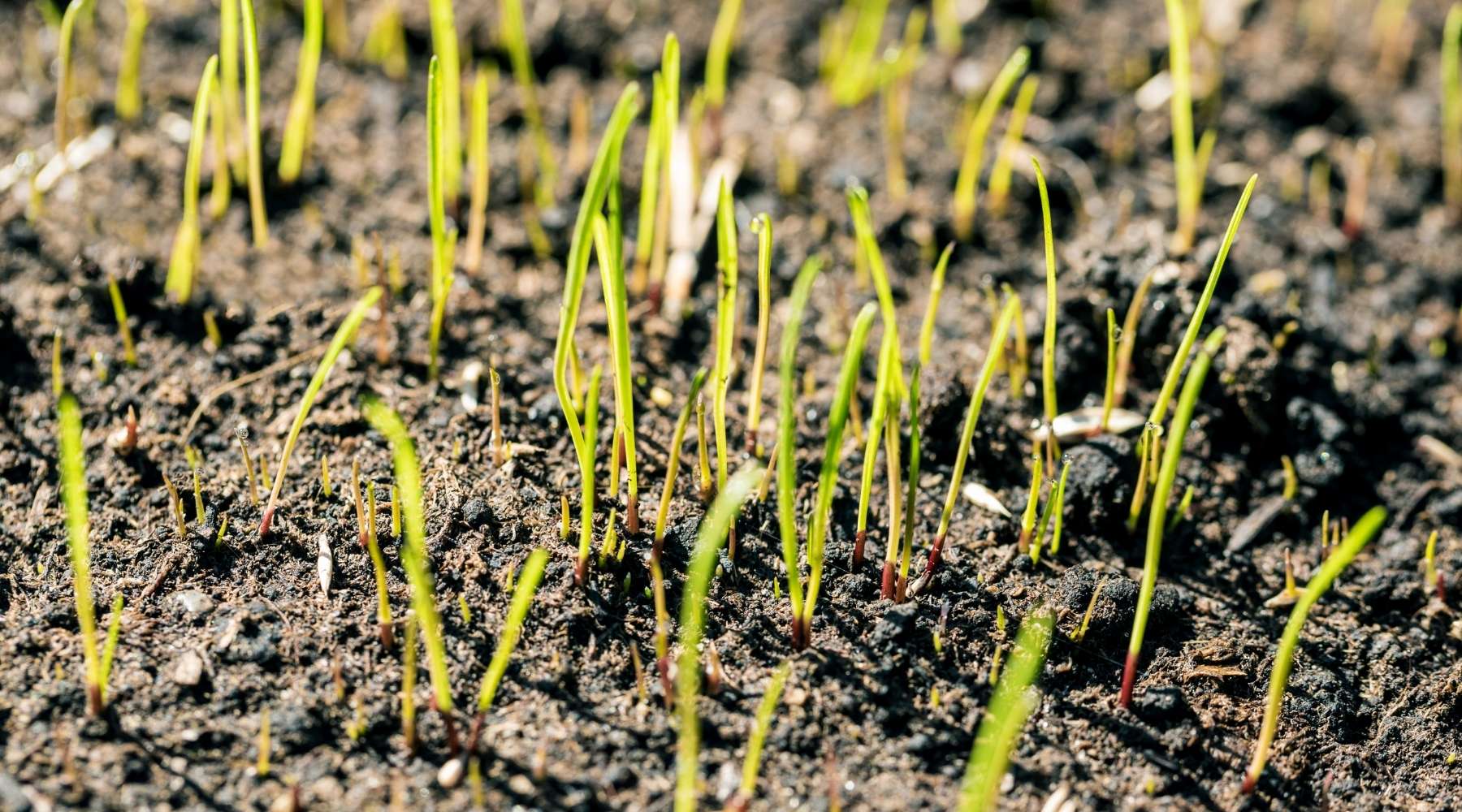
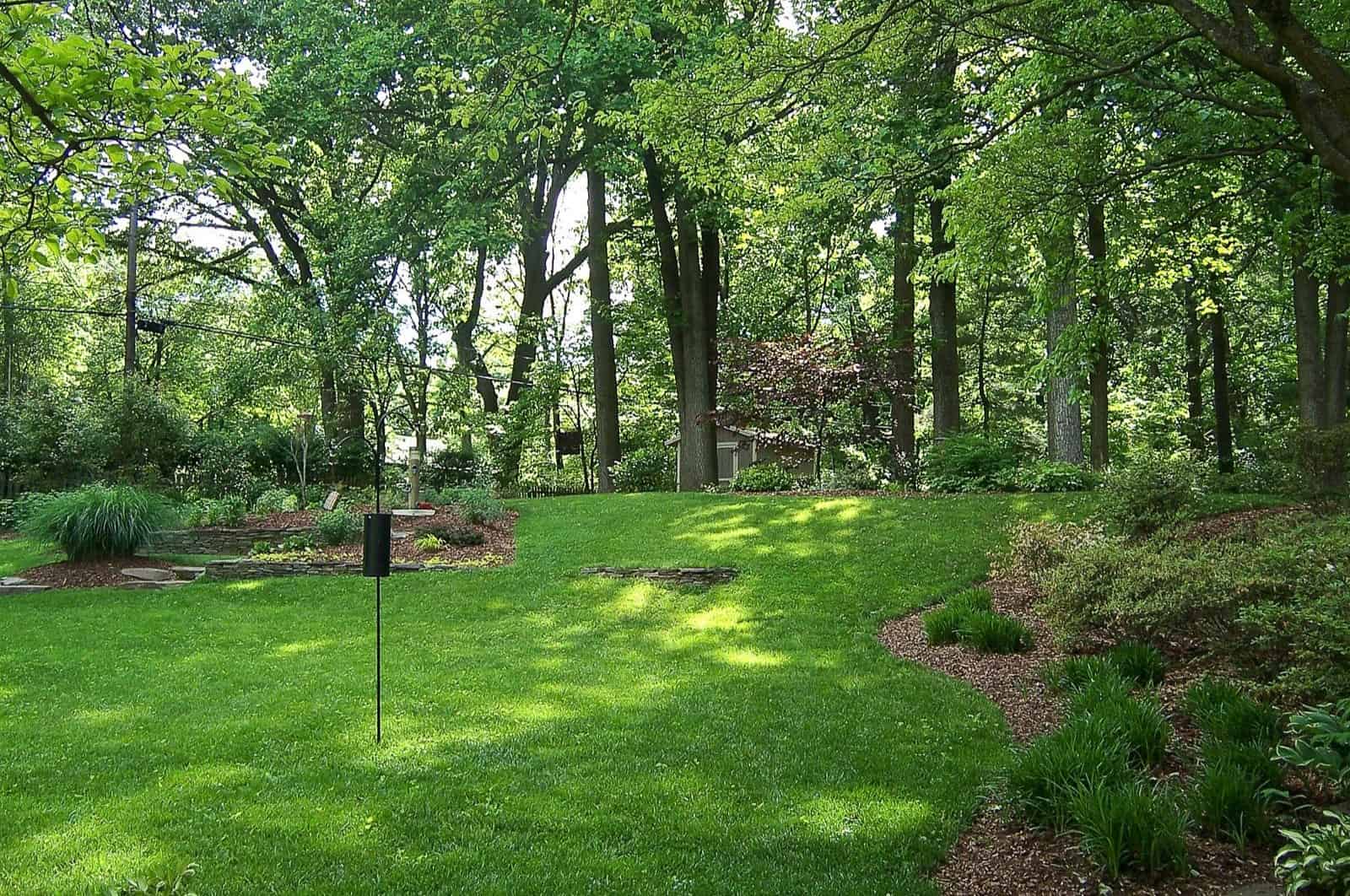
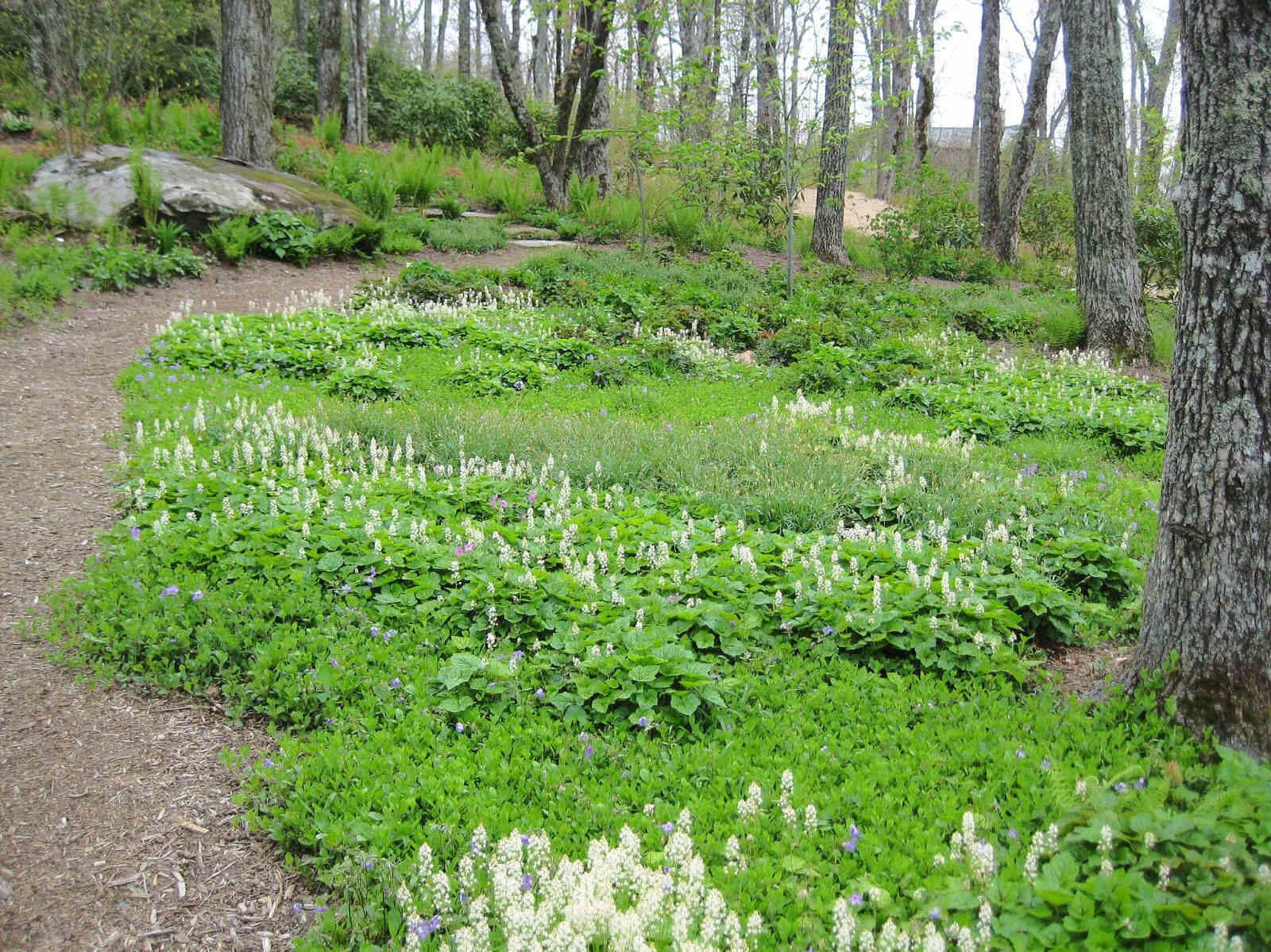
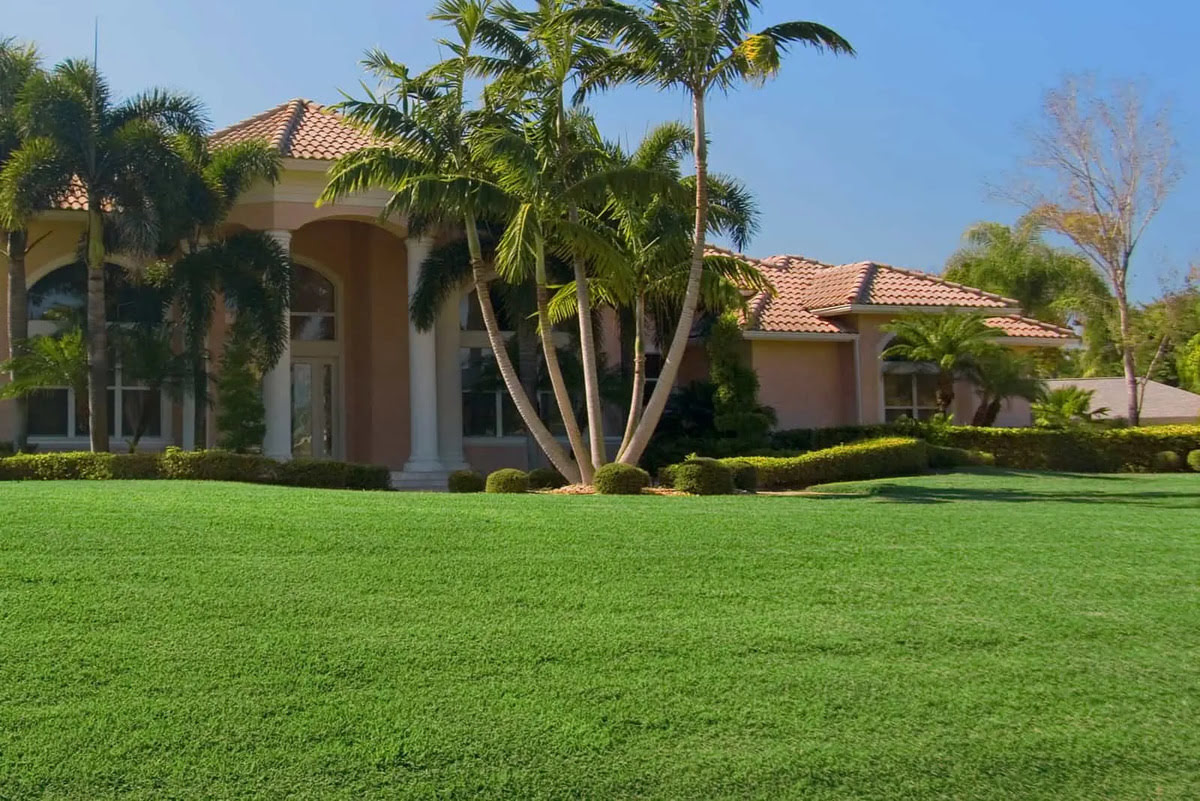
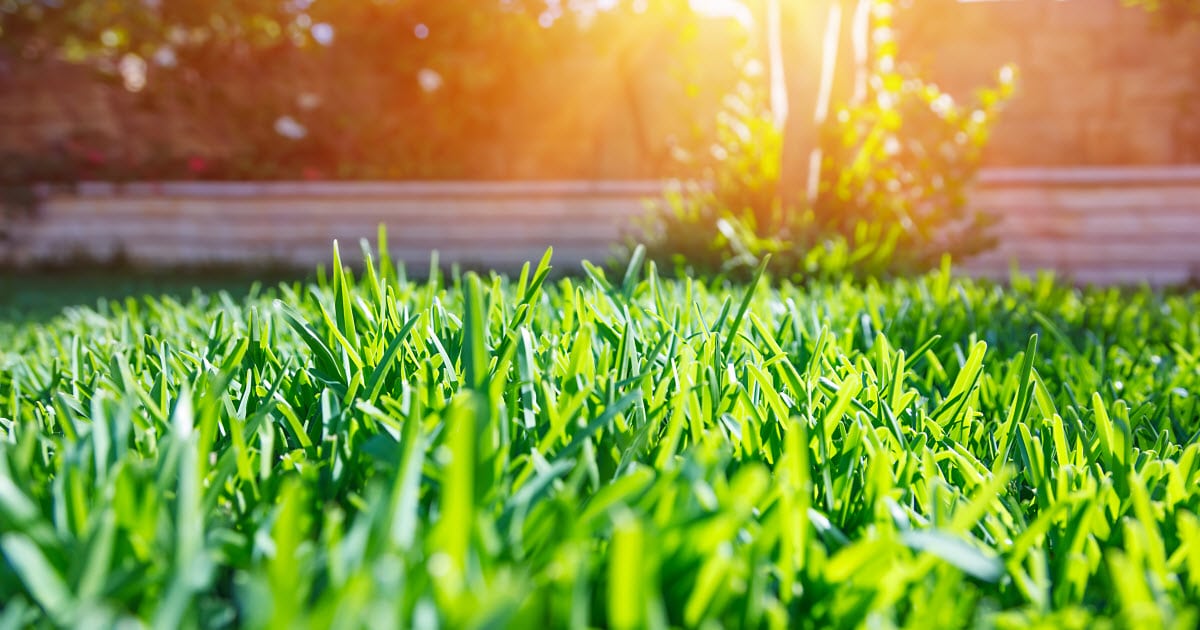

0 thoughts on “What Kind Of Grass Grows In The Shade In Florida”